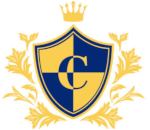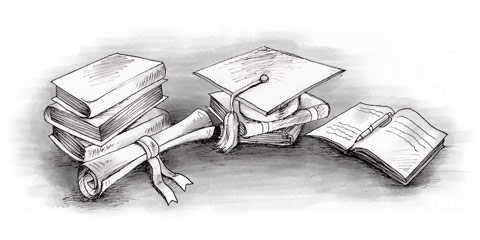During the Apartheid, white students received quality schooling practically for free, while black students only had access to limited education (Bantu Education). This unequal system was abolished in 1994, but its legacy still remains. Poor and rural areas still have limited resources compared to big cities, and illiteracy levels are still high among the adult population. The government is working hard to improve the quality of the education system by announcing reforms and giving more importance to indigenous languages.
Education is compulsory for children aged seven and older, independent of their race and their religious background. They have to attend school until they either turn 15 or complete their 9th school year.
Children can optionally attend the so-called 'reception year' (also Grade R or Grade 0), from the age of four. The first grade starts at the age of five or six years.
There are three main stages of education:
- General Education and Training, which covers compulsory education years (from grade 0 to grade 9). It also includes Adult Basic Education and Training.
- Further Education and Training, which covers grade 10 to 12, including career-oriented education and training at technical-, community-, and private colleges. The qualifications recognised at this level are diplomas and certificates.
- Higher Education and Training, which is also known as tertiary education. It covers undergraduate and postgraduate degrees, certificates, diplomas, and doctoral degrees.
Home-schooling is legally accepted in South Africa.


